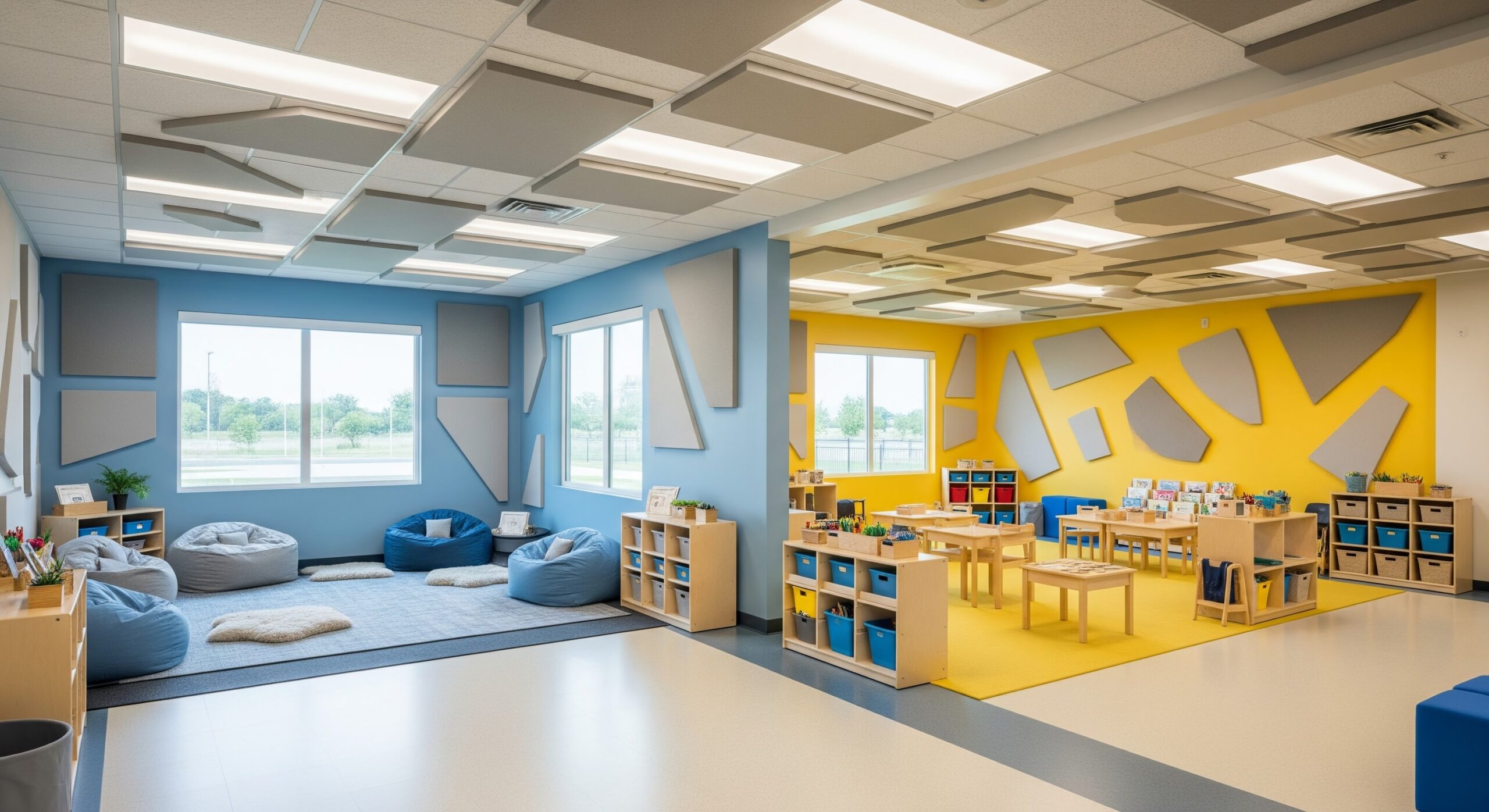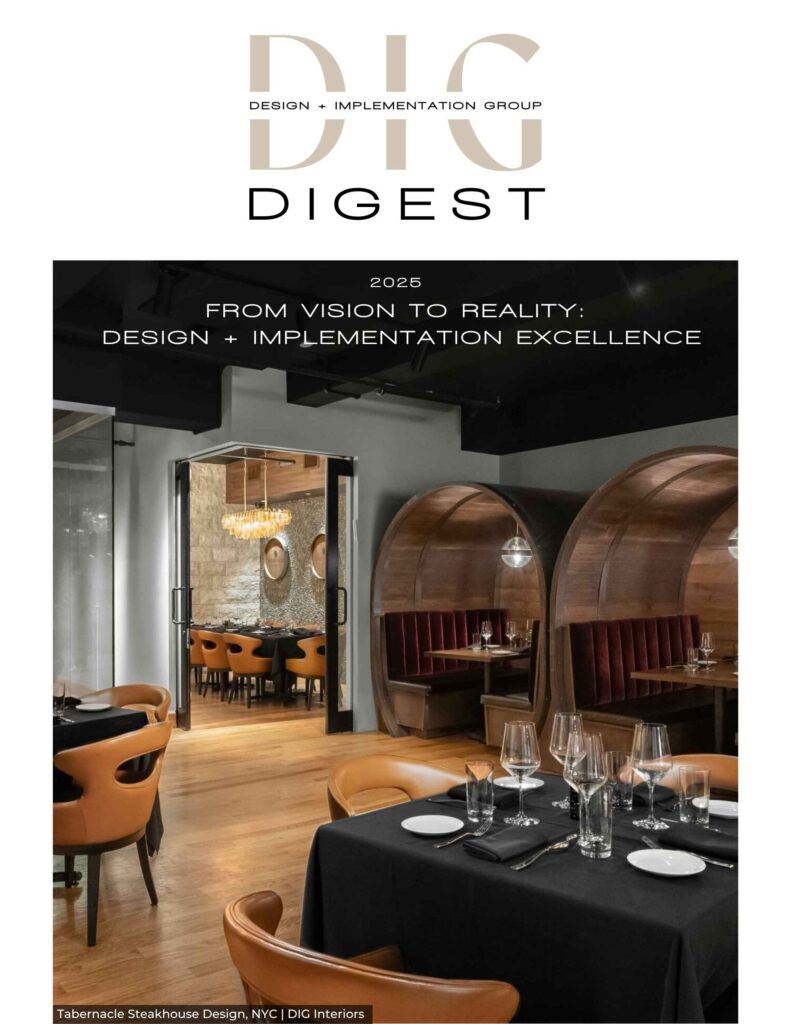Procurement officers serve as the indispensable backbone in the world of interior design. They function as the critical links connecting the creative visions of interior designers with the actualization of these concepts. Their role is paramount in ensuring that the necessary goods and services are acquired efficiently and effectively to bring these designs to life.
I. The Unique Role of Procurement Officers in Interior Design
A. Understanding the Design Concept
Procurement officers in interior design must first and foremost understand the design concept in its entirety. This involves working closely with the interior designer. They need to comprehend not just the aesthetic vision, but also the functionality and practicality that the designer intends for the space. This understanding is critical to ensure that the items they source and purchase align with the designer’s vision, thereby maintaining design integrity.
B. Sourcing Materials and Suppliers
Once they have a firm grasp of the design concept, procurement officers begin the process of sourcing materials and suppliers. They need to identify suppliers who can provide the necessary items at the right quality and price. This requires a deep understanding of the market, knowledge of different suppliers, and an ability to assess the quality of various goods. It may also involve visiting trade shows, meeting with vendors, and staying abreast of the latest trends and innovations in interior design materials and products.
C. Negotiating Contracts
After identifying potential suppliers, procurement officers undertake the responsibility of negotiating contracts. This is where their business acumen and negotiation skills come into play. They must ensure that the contracts they negotiate are in the best interest of their client, offering the best possible terms. This includes not only the cost of the items but also the terms of delivery, warranty, and maintenance.
D. Managing Logistics
The role of procurement officers extends beyond the purchasing process. They are also responsible for managing the logistics of the project. This involves overseeing the shipping, delivery, and installation of the FF&E to ensure that everything arrives on schedule and in good condition. They must coordinate with various parties, such as freight companies, installers, and the client, to ensure a smooth and efficient process.
II. The Challenges Faced by Procurement Officers
Despite their critical role, procurement officers often encounter several challenges that they must skillfully navigate:
A. Maintaining Design Integrity
One of the most significant challenges is maintaining design integrity. Procurement officers must ensure that the items sourced match the designer’s specifications while staying within budget. This requires a delicate balance of satisfying design requirements and managing financial constraints, often requiring creative problem-solving and flexibility.
B. Managing Supplier Relationships
Establishing and maintaining good relationships with suppliers is another crucial aspect of a procurement officer’s role. These relationships can greatly impact the availability and quality of items, the terms of contracts, and the overall success of the project. Therefore, procurement officers must be adept at relationship management, which involves regular communication, problem-solving, and negotiation.
C. Dealing with Logistics
Coordinating the delivery and installation of items is another complex aspect of a procurement officer’s role. This is particularly true for large projects that involve multiple suppliers and deliveries. Procurement officers must plan meticulously, anticipating potential issues and having contingency plans in place.
III. Conclusion
The role of procurement officers is both multifaceted and indispensable. They bridge the gap between the creative vision of the designer and the practicalities of sourcing, purchasing, and installing the necessary items. Despite the various challenges they face, their ability to overcome these and their commitment to their role play a crucial part in turning design concepts into reality.





